We may receive a commission on purchases made from links.
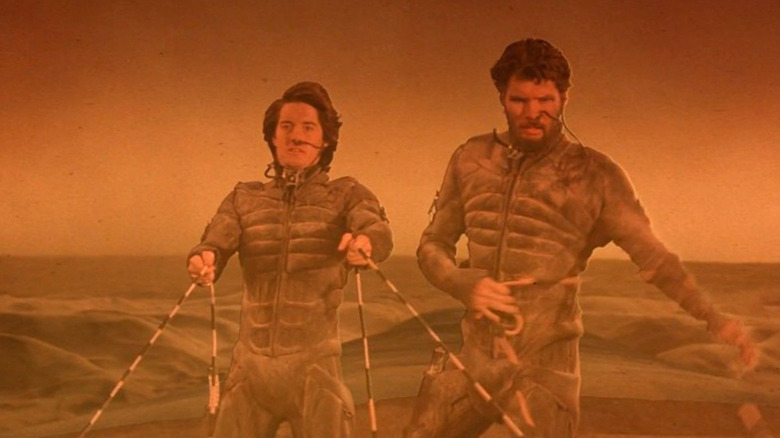
Universal Pictures
David Lynch's debut feature "Eraserhead" was an arthouse darling when it was released in 1977 and, thanks to some enterprising film programmers, stayed in theaters for years on end, gaining popular traction on the midnight movie circuit. One of the movie's many fans was, of all people, Mel Brooks, the celebrated director of "Young Frankenstein" and "Blazing Saddles." Brooks, wanting to encourage Lynch's career, created his own production company, Brooksfilms, to fund his next project: a stylized biography of Joseph Merrick, known to the world as the Elephant Man.
Lynch's "The Elephant Man," while bearing the same oppressive black-and-white visuals as the surrealist "Eraserhead," was a curious Oscar favorite, nominated for eight Academy Awards. It was up for Best Picture, Best Director, Best Adapted Screenplay, and Best Actor, among others. Sadly, it lost in all eight of its categories.
Lynch, however — a weirdo painter and art student from Montana — was suddenly a power player on the Hollywood scene. To date, his short films and his two features had been oblique and off-putting, but Lynch had also proven himself to be talented and forthright, which gained the eyeballs of major Hollywood producers. Many might know about how Lynch was approached by George Lucas about directing the then-upcoming "Return of the Jedi," and how the offer gave Lynch a headache. Lynch was also approached by super-producer Dino De Laurentiis about directing a film adaptation of Frank Herbert's "Dune," a project that had been in development hell for years.
Lynch agreed to helm "Dune," rewriting the story to his liking. It took him many months to hammer out a script, and he ultimately went through six drafts before crafting one Universal would agree to make. It turned out, however, that "Dune" would be a nightmare to complete. Shooting was delayed, the studio interfered, and Lynch ended up hating the whole experience. His distaste for "Dune" would subsequently shape Lynch's whole career going forward.
Dune was a nightmare to film
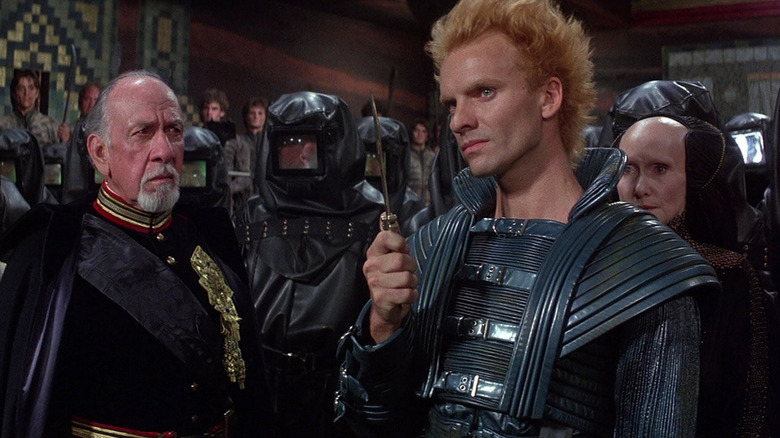
Universal Pictures
Back in 1983, when "Dune" was being shot, Universal assumed it had a hit on its hands. The studio wanted something expensive and epic that could compete with Fox's "Star Wars" franchise, and felt that a more mature sci-fi story was the way to go. The film required a huge cast of actors and extras, over 80 sets, and extensive special effects. The movie's crew was said to have topped off at about 1,700 people. It was intended to be a supra-blockbuster.
But it was never to be. Lynch had to re-write the script so many times that he began to tire of the movie. After that, shooting took place in Mexico and lasted for six full months, not wrapping until September of 1983. Many people got sick during production, communication lines kept breaking down, and filming was often stymied because of blackouts. It was very, very difficult for Lynch.
When shooting finally ended, Lynch had essentially four hours of raw footage. The final (seventh!) draft of the script was meant to run about three hours, but Universal, fearing such a hefty length, insisted that Lynch shave it down to two. Lynch went on a wild editing spree, adding voiceovers to clarify the film's dense plot and mythology, and ever reshooting scenes for clarity. The final cut was 137 minutes. Lynch never had a lengthier "director's cut" up his sleeve. Most of the film's creative demands were dictated by either Universal or De Lauretiis, who all tried to take control of the film away from Lynch.
Later, in a 2022 interview with the A.V. Club, Lynch admitted that "Dune" was his "sell-out" moment. He gave it the old college try, but he was definitely not comfortable working for The Company, as it were.
The 'multiple versions' of Dune debacle
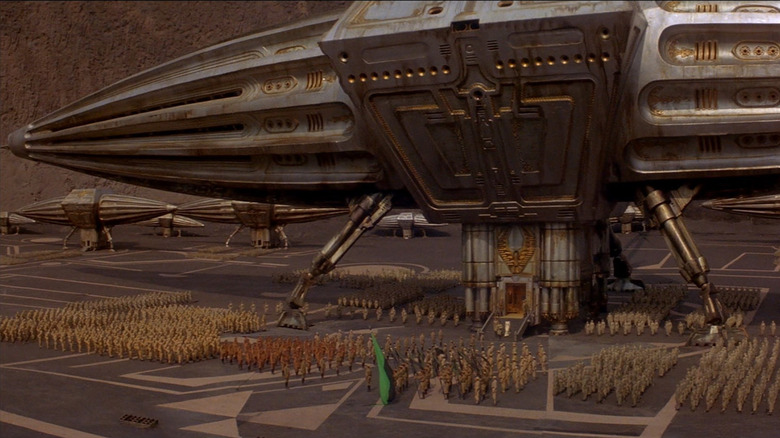
Universal Pictures
Many fans may be familiar with the 183-minute TV miniseries version of Lynch's "Dune," often called "The Extended Cut." That version edited in new narration and laid over still photos of the film's concept art, all in an attempt to make Herbert's story more cogent to a widespread film audience. Lynch hated the recut so much he had his name removed from it. That cut is credited to Alan Smithee.
"Dune," perhaps predictably, flopped. It only earned about $31.4 million at the global box office against a $40 million budget, killing Universal's hope for a franchise. The source material, after all, was too dense and strange for a mainstream feature film (at least at the time), while the actual movie is constantly pulled between Lynch's artier sensibilities and the studio's need for production largesse. No one got what they wanted.
Lynch thereafter resolved to make his next film more personal, more surreal, and more comfortable to make. He was, from "Dune" onward, determined to only take part in productions he wanted to take part in, and wasn't going to be pushed around by studio whims, or worry about big budgets. "Dune" was as "mainstream" as Lynch was ever going to get.
The following year, Lynch pitched a much more modest, personal film to Dino De Laurentiis, and the super-producer was intrigued. The film was "Blue Velvet," a noir film that saw Lynch's career take off on a whole new track. He was now freer to tell strange, bleak, nightmarish, violent stories of sex and obsession. In the interview book "Lynch on Lynch," the director admitted that he had nowhere to go but up after "Dune." He was now free to experiment in the way he liked.
The rest of Lynch's films after "Dune" were all undeniably his, with the director retaining close creative control over each of them. "Dune" was a lesson for Lynch; he learned to never do something like that again.

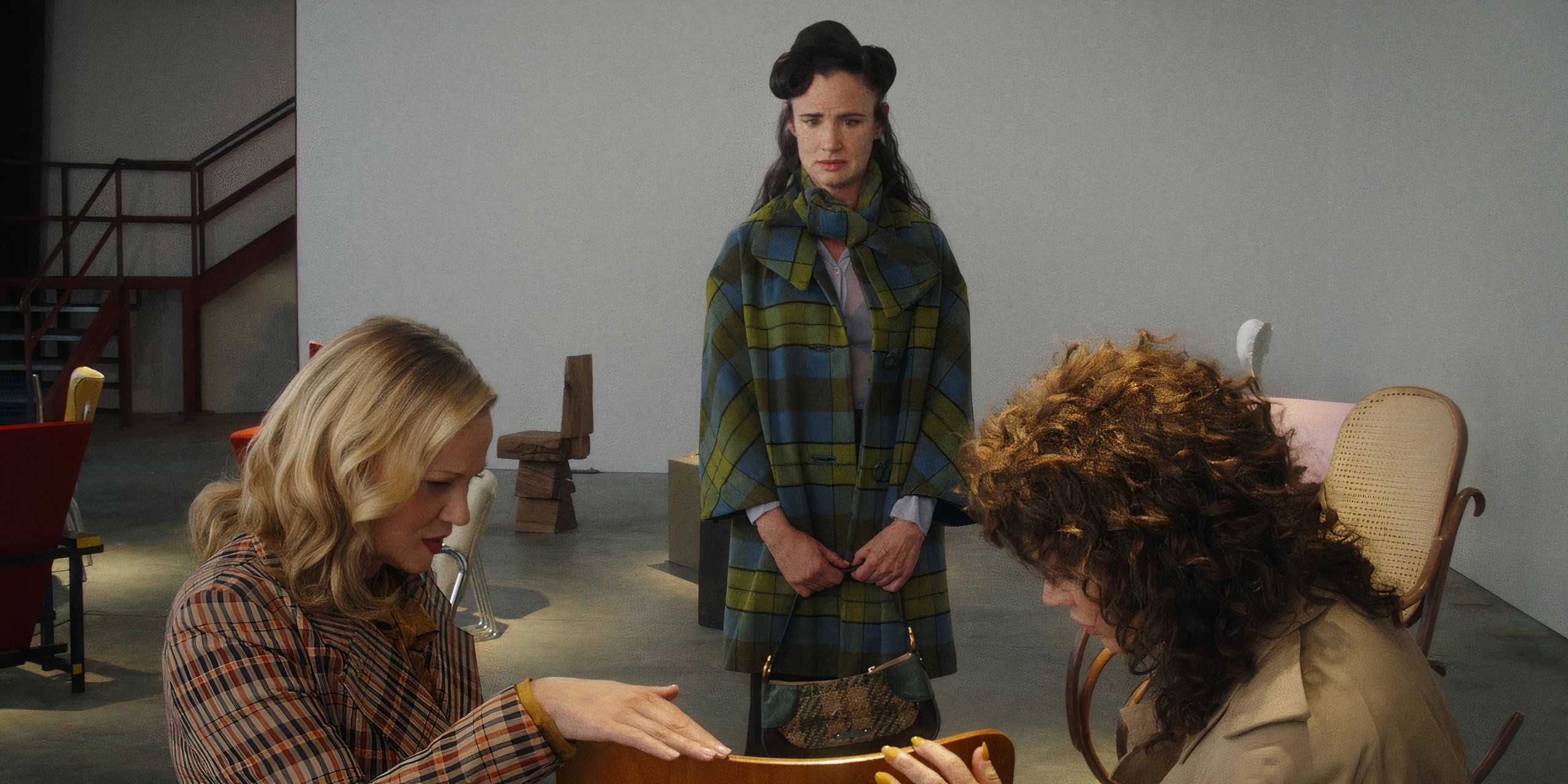
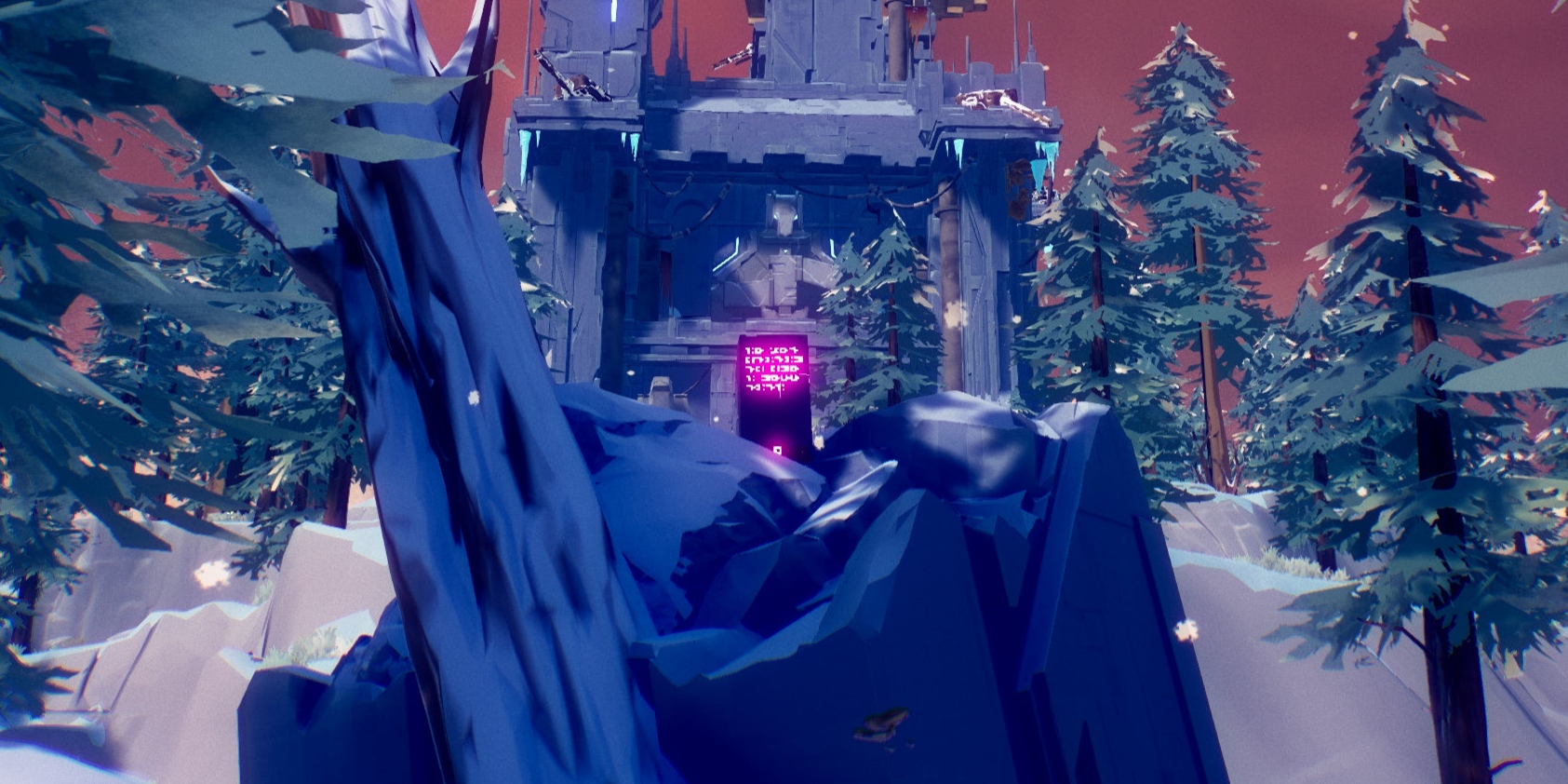
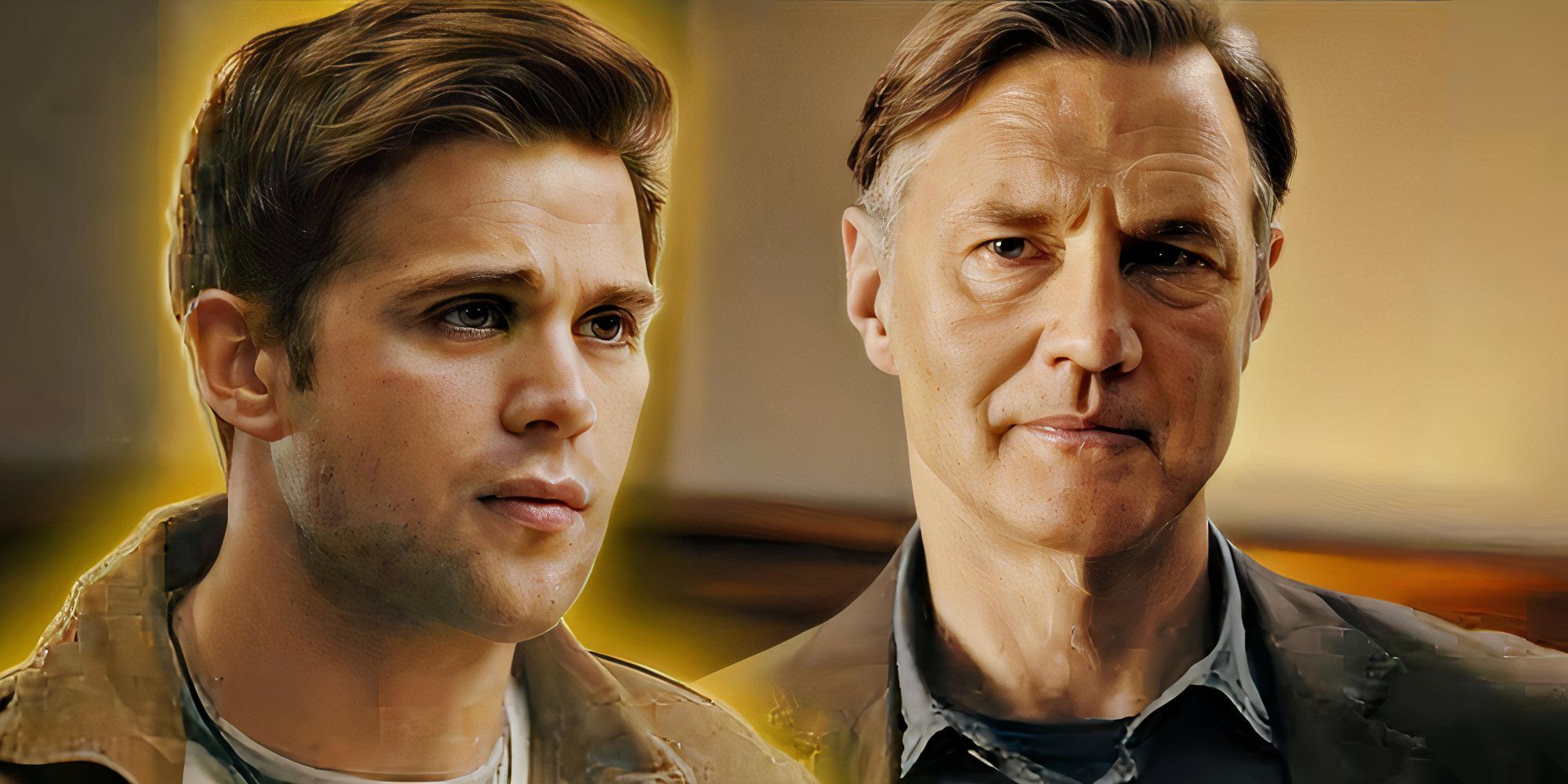





 English (US) ·
English (US) ·